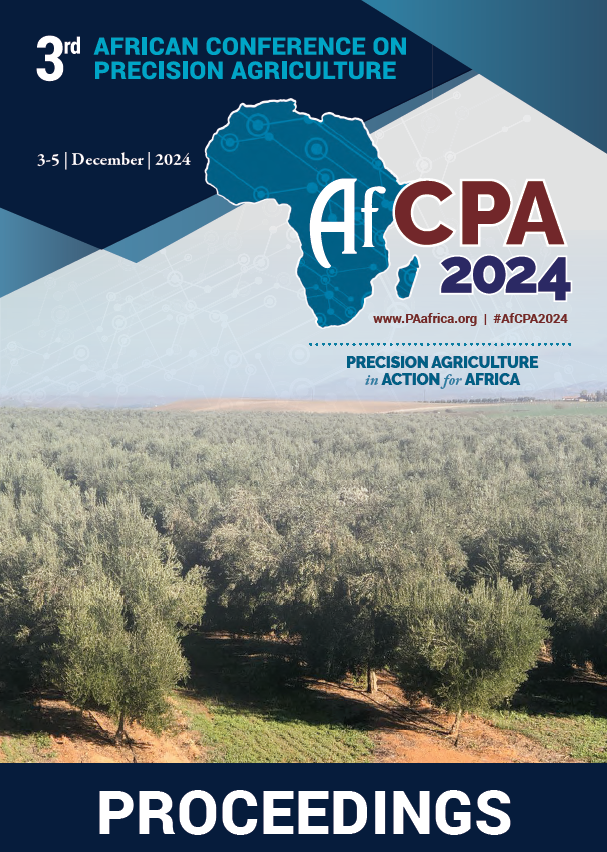Download the Conference Proceedings
Get your copy of the 2024 African Conference on Precision Agriculture Proceedings today! Download the PDF file and view all of the available proceedings.
Proceedings
Authors
| Filter results1 paper(s) found. |
|---|
1. Upland Rice Yield Response to Soil Moisture Variability with Depth Across Ferralsols and Gleysols in Western UgandaSoil moisture is a vital factor in boosting rice productivity by influencing the growth of healthy plants. In mid-western districts like Kikuube where rainfall is unpredictable, maintaining optimal soil moisture differs between a bountiful harvest and crop failure. Effective soil moisture management leads to improved water use efficiency, allowing crops to withstand periods of drought. This study assessed upland yield response to soil moisture variations with soil depth in Ferralsols and Gleysols... T. Matila, P. Tamale |
